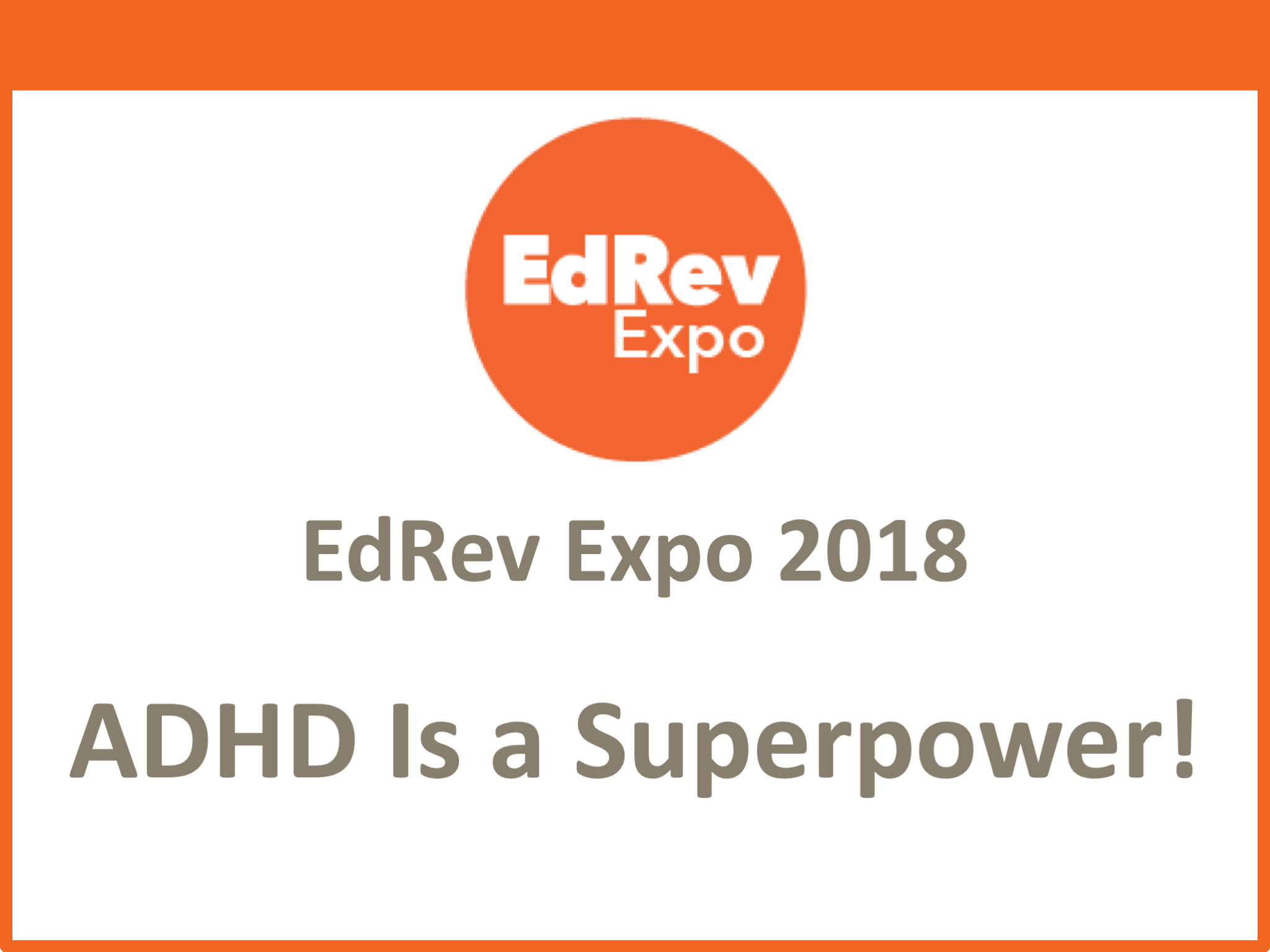 Gifted learners with a learning difference like ADHD are also referred to as twice exceptional or 2e.
Gifted learners with a learning difference like ADHD are also referred to as twice exceptional or 2e.
The founder of With Understanding Comes Calm, Julie Skolnick, MA, JD, offers tips for working with gifted learners with ADHD.
Strategies to motivate and engage gifted learners with ADHD
Here are some tried-and-true tips for motivating and engaging your 2e students that will result in participation, motivation, and loyalty.
Know their strengths and interests.
Spend some time getting to know your 2e student. Ask what they love AND what they hate. Flesh out their interests by asking lots of questions. Broaden and narrow your questions so you grasp a wide swath of your 2e student’s interests and passions.
Use your knowledge of students’ interest to make lessons meaningful and relatable.
Incorporate topics your students shared that they’re interested in, and include biographies of experts in those fields into your teaching.
Make use of your 2e students’ energy.
2e students are often enthusiastic and effusive about their areas of interest. Sometimes we think of 2e students as “class clowns.” Rather than trying to curb their enthusiasm, if you give them a chance to lead—brainstorm ideas for topics or even introduce themes, units, or assignments—you’ll get their attention and buy-in.
Give choices.
You’ve heard this a million times before, but consider creating a survey and having your students vote on types of assignments and topics. Engage in a brainstorming session to ask how they would like to show what they know and offer three or four ways from which they can choose.
Be aware of your learning objective and stick to it.
If your learning objective is understanding nuance and comprehension, avoid taking off points for mechanics. If you can, bifurcate assignments between these two skills. This doesn’t mean to ignore grammar and spelling, it just means focus on those skills specifically in assignments that are not about understanding.
Focus on effort.
Rather than focusing on the grade, find and comment on instances of sustained effort. “You were careful to complete each step of the directions.” “I noticed you used your scrap paper to work out the problem before writing your final answer.” “Wow, you read a lot and learned a lot about this topic.”
Form groups intentionally
Remember number one above: “Know their strengths and interests.” Use this information to create groupings of students who share similar interests. For 2e kids, connection is their lifeblood, but they tend to be often compromised to severely compromised in social success.
Teach chunking.
Use a calendar and literally start from the due date and work backwards with your students. Discuss a long-term assignment and ask your students to brainstorm the necessary steps. Then work together with a calendar and a list of dates and match steps to dates. This is a skill that will serve them throughout their lives—teaching them the executive functioning skills of planning and prioritizing.
Ask a lot of questions.
If you can ask more questions, the student learns from doing rather than from being told. Ask questions like, “How do you feel about that sentence?” “What did you want the reader to learn from that paragraph?” “What steps do you need to do to solve that math problem?”
Notice and honor when your student needs a break.
Even if a student doesn’t have personal stress as a 2e child with finely tuned antennae, he picks up on and may even absorb other people’s stress. Respect your student’s need for a break. Use compassion if he can’t turn in or do an assignment right now. Giving that leeway will ensure higher engagement later.
Take care of yourself, whatever that means to you.
Be kind to yourself. Do whatever fills you up. Be sure to find joy every day, you’ve earned it. Some external motivation for the hard work you do each and every day is well deserved.
Excerpted from “How to Motivate and Engage Twice-Exceptional Learners” in Attention Magazine from CHADD. You may read or download the full article online.







